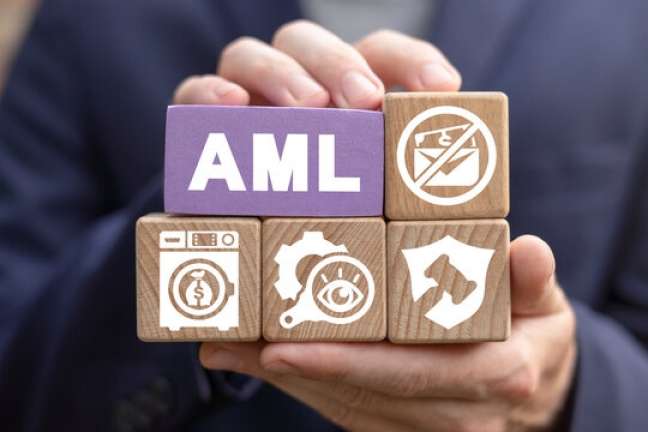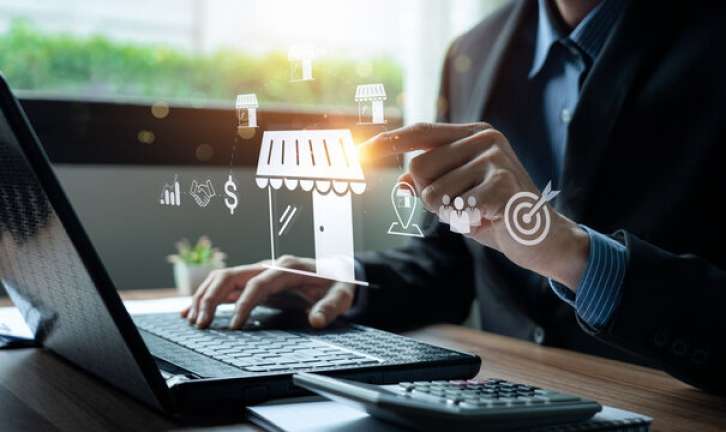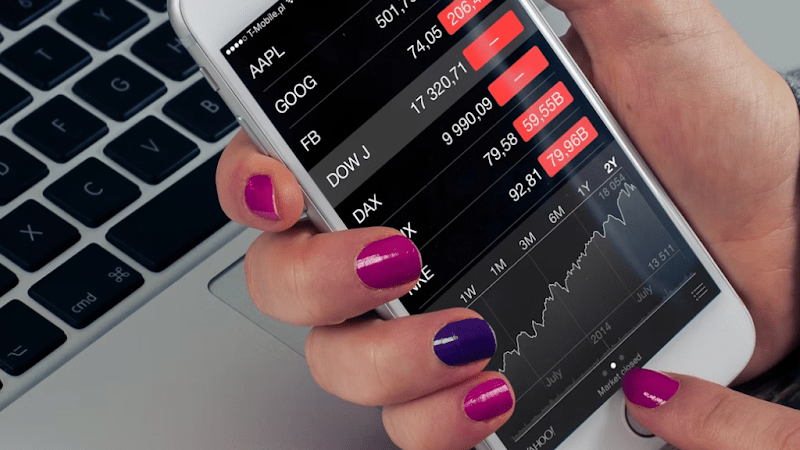Physical stores seem to be a dying phenomenon. With society delving deeper into the digital age, it’s becoming less common for small business owners to open traditional brick-and-mortar retailers. Restaurants, bars, and cafes will always need physical locations to operate. Some clothing options, a range of wholesale giftware options, and a range of home goods can rely on warehouses and delivery and remain successful; in some cases, they are more successful due to a lack of overheads and staff required.
Something is missing, though; when you’re unable to go into a store and actually touch, see, or even smell the product you’re purchasing, the experience isn’t the same. I’m sure you’ve purchased a product online at one time or another, and it wasn’t what you expected. Maybe the sizing was a little off, or it didn’t look as good as in the photos.
It’s something special to walk into a well-put-together storefront with attractive displays, helpful staff, and a warm atmosphere. This feeling seems missing when you’re alone on a website at 10 pm searching for your credit card to complete the purchase. If you’re a business owner and wish to stray away from the herd and stand out with a unique physical store, you must pay attention to the following steps.
Outline Your Target Demographic
Sitting down and outlining your target demographic is one of the most vital steps and, if overlooked, can spell disaster. You need to understand precisely who your customers are, where they live, and their shopping habits. This analysis will help you determine if opening a store is the correct option, where you should open your store, and what style your store will become.
It doesn’t make sense to start marketing high-power superbikes to women above 80 or selling fishing rods in a desert. The same goes for any other service or product. If you’re opening stores that would cater to everyone, on the other hand, such as grocery stores, you don’t need to put as much thought into your demographic.
Find Your Location
Once you know your demographic and have put considerable thought into opening your physical location, you can then scout suitable areas for your business. The important thing is to make the store accessible to potential customers. Now that you’ve done the groundwork, you understand where your customers reside and their transport preferences. You can start considering parking or if the location should be close to public transport.
Ensure your customers are close to your business and in a central city or town center. This central locale makes it easier for passers-by to notice your store and may just pop in for some purchases. The initial cost may be higher for prominent and visible locations, but they are investments for the future. Take some careful thought into this process. The site is a huge factor in physical businesses; there is a reason you see the golden arches on every street corner or intersection, and it is not by accident.
Build or Renovate your Business
Now to building, this is the fun part. You’ve outlined your target demographic and found the perfect location to build your business. Now, you need to get to the nitty-gritty of construction. You’ll be approaching things differently if you’re building or renovating, but the end goal will always be the same. You need to cater to your customers and think about their experience coming into your store. The experience means everything from arriving, parking, walking into the door, getting greeted by the staff, and leaving. Try not to be tunnel-visioned as all these minor aspects lead to a fantastic or poor customer experience.
Furnish the Store
Furnishing and decorating is the final piece of the puzzle. Remember, your business needs to stand out and be unique. Having your personal touch will make you stand out from the crowd. Since you are putting effort into building and maintaining the physical location, you might as well make it as extravagant as you can. Cater for your customers and give them an unforgettable experience. Depending on your business, you can do various things; some unique lighting, furniture, and decoration are a good start. Don’t make it feel too much like a shopping center, make everything feel quite home-like; this will instill trust and comfort in everyone who walks into the door.
Conclusion
So now that all the steps are complete, we can enjoy the end process. You’ve found your demographic, located a suitable location, built or renovated, and decorated the internal area of your new store-front; you should be proud.
Creating your physical store is remarkably personal and varies depending on your type of business and customer base. One crucial point remains, focusing on the customer. If you begin this process and end the building process with the customer, you cannot go wrong. If you’re considering building a physical location, you must be consumer-centric. Good luck and happy building.















